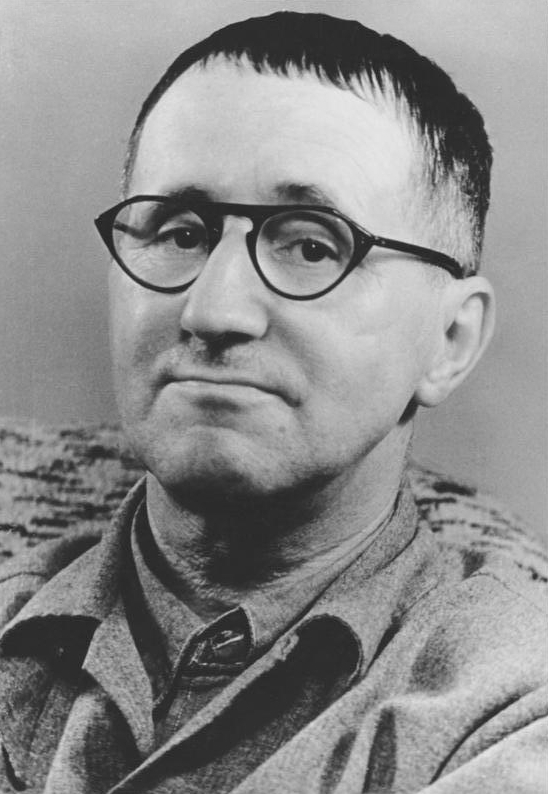
Epic Theatre: A Movement of Political and Social Commentary
Epic theatre, emerging in the early to mid-20th century, sought to address contemporary social and political issues through its form and techniques. Coined by Erwin Piscator, it emphasized the audience's perspective and critical engagement with the work. Unlike traditional theatre, which aimed to immerse audiences in fictional worlds, epic theatre employed techniques to distance them from the performance.
Techniques of Epic Theatre
Central to epic theatre is the "Verfremdungseffekt" (alienation effect), which aims to estrange the audience from the action on stage. This is achieved through techniques such as actors playing multiple characters, reconfiguring the set in full view, and "breaking the fourth wall." Other techniques include "historicization," drawing parallels between historical and current events, and "Gestus," where actors physically embody social commentary.
Brecht's Influence and Evolution
Bertolt Brecht played a pivotal role in the development and popularization of epic theatre. His "A Short Organum for the Theatre" outlined its principles, prioritizing function over form and content, and challenging the idea of a "total artwork." Later, Brecht preferred the term "dialectical theatre," emphasizing the "dialecticising" of events inherent in this approach.
Distinctive Features
Epic theatre stands out from other theatrical forms, particularly the naturalistic and psychological realism movements. Unlike Stanislavski's emphasis on emotional immersion, Brecht believed theatre should provoke thought and critical reflection. Additionally, it differentiates itself from surrealism and the Theatre of Cruelty by aiming to elicit understanding and comprehension, rather than purely visceral or irrational reactions.
Notable Practitioners
Erwin Piscator, Vladimir Mayakovsky, Vsevolod Meyerhold, and Bertolt Brecht are among the notable practitioners of epic theatre. Their works have influenced generations of theatre makers and left a lasting impact on the theatrical landscape.